Letters to Palace reveal former Governor-General Paul Hasluck’s views on Whitlam, Gorton, McMahon
Paul Hasluck criticised John Gorton, William McMahon and Gough Whitlam to the Queen, secret letters reveal.
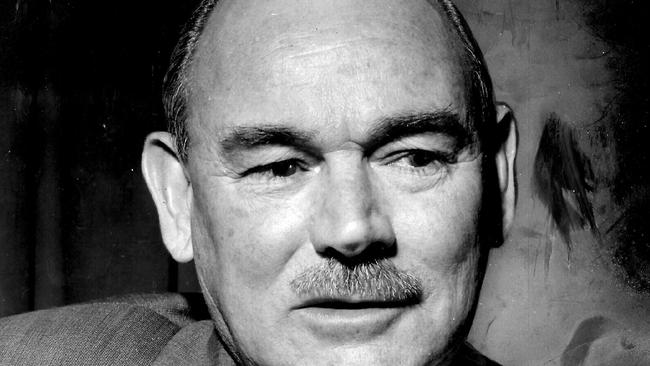
Governor-general Sir Paul Hasluck sharply criticised John Gorton, William McMahon and Gough Whitlam to the Queen, trashed his former Liberal colleagues, despaired over policy drift as the Coalition cascaded to defeat, was concerned about the speed of Labor’s decision-making and lamented the “poor state” of Australian politics.
Hasluck’s secret vice-regal letters between 1969 and 1974 have been opened for access by the National Archives of Australia, along with the correspondence of Sir Richard Casey, Sir Zelman Cowen and Sir Ninian Stephen. It amounts to over 1100 pages.
The Hasluck letters – requested by The Australian before and after the High Court ruled the correspondence was an official record subject to the 20-year release rule in May 2020 – chronicle the downfall of the Gorton and McMahon governments, and the coming to power of the Whitlam government.
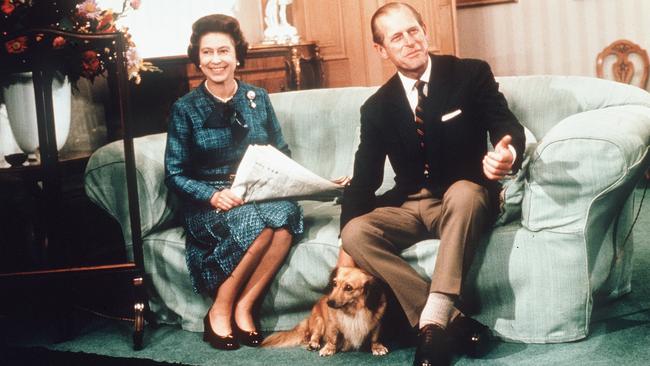
The governor-general expressed concern to Buckingham Palace about Gorton’s style of governing and labelled some ministers as “oafish”, “prone to lapses into silliness”, with “no qualification” or lacking “brain power”, in November 1969. Hasluck, a former minister in the government, described Gorton’s private secretary, Ainsley Gotto, as “a bumptious little hussy of twenty-three” that same month.
When a party-room motion of confidence in Gorton’s leadership was tied in March 1971, and the prime minister resigned, Hasluck said he had not seen the “coming danger quickly enough” amid widespread discontent and treachery, and handled a dispute with Malcolm Fraser over civil aid in Vietnam in a “clumsy” way.
“Mr Gorton the ambitious, intelligent and well-intentioned politician, has been betrayed by Mr Gorton the impetuous and self-centred man,” Hasluck wrote to Sir Michael Adeane, the Queen’s private secretary. “Behaving thoughtlessly, at times rudely, often without consideration for others and sometimes defiantly, he has played into the hands of his opponents and rivals and has alienated some who would be his friends.”
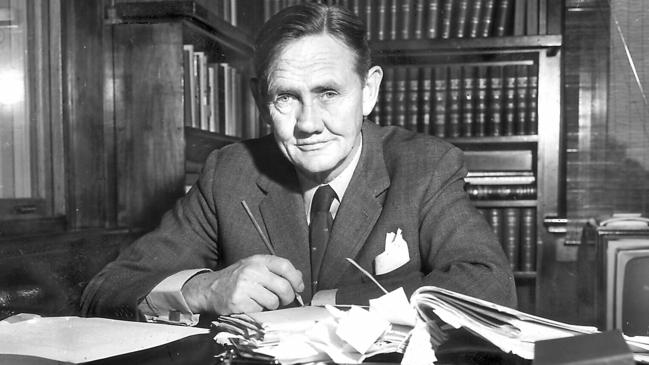
McMahon’s elevation to prime minister reflected the “sad picture” of Australian politics and the “weakness” of the Liberal Party, Hasluck reported. McMahon was described as without character, devious, a leaker and plotter, and not trusted. He presided over a “low in talent” ministry, possibly the worst post-war, Hasluck wrote in September 1972.
“His term weakened the cabinet system, undermined the public service, made public relations exercises even shoddier than usual, lowered respect for the prime ministership, and eroded trust,” Hasluck said of McMahon after the Coalition lost the December 1972 election.
While Hasluck regarded Whitlam as a good prime minister, he was critical of his period as opposition leader, questioned the soundness of Labor policies and warned about rapid decision-making, spending and economic challenges.
In October 1970, Hasluck described Whitlam as having “defects of character”. He said Labor had “behaved with incredible stupidity” and had not yet demonstrated they were a “responsible and united party ready to be trusted with office.”
But the then governor-general’s view changed when Whitlam became prime minister. So did that of Sir Martin Charteris, the Queen’s private secretary, who welcomed the new government and agreed with Hasluck that “change was precisely what was needed” in Australia.
The Labor ministry was characterised as more “competent” and “intelligent” than its Coalition predecessors in March 1973. While respect for Whitlam remained, Hasluck reported that Labor’s policies by July that year had caused people to be “fearful”, “offended” and with “doubt and uncertainty” about Australia’s future. And by October, he noted the country had “fallen into some disarray”.
“Since he became prime minister he has grown in political stature,” Hasluck wrote of Whitlam in April 1973. “Although his style is quite different from that of Menzies he behaves and looks much more like a prime minister than anyone we have had since Menzies.”
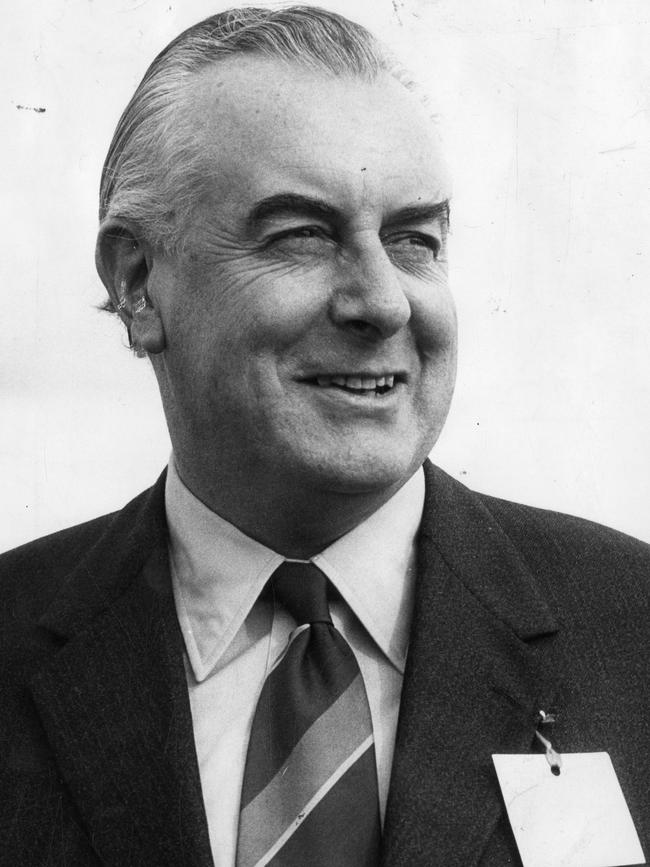

However, Hasluck accused Whitlam of political trickery and deception over the attempt to get Senator Vince Gair to retire by taking a diplomatic appointment in April 1974. He was caught by surprise over the change to the oath of allegiance and national anthem, and conveyed this to Whitlam.
“Whitlam has aroused enthusiasm among some but also provoked strong dislike among others,” Hasluck wrote in June 1974. “It is a long time since I have heard such hate expressed against a political leader by those whom he has angered.”
Hasluck’s correspondence, routinely read by the Queen, is far more critical of the Gorton and McMahon governments than Sir John Kerr’s correspondence is about the Whitlam government. Kerr’s correspondence was made public in July 2020.
While Kerr wrote more letters, his predecessors and successors also wrote very candidly about politics which was welcomed and encouraged in London. Indeed, Charteris wrote in May 1974 that he hoped Kerr would also write “with complete freedom and frankness about political affairs in Australia.” He did. Hasluck, like Kerr, also speculated about his “constitutional functions” and canvassed hypothetical scenarios where he might commission a new prime minister or not grant a requested election during a “constitutional crisis” that could be sparked by a motion critical of Gorton being agreed to by the House of Representatives in May 1970. The letters confirm the cordial relations between Whitlam and the Queen.
Charteris wrote in April 1973 noting that Whitlam’s visit to Windsor Castle “went extremely well” and was “enjoyed by everybody”.
He said that “an excellent relationship was established between the Queen and her Australian prime minister which I am sure augurs well for the future.”
The letters also reveal discussions about the Queen purchasing an Australian residence. Hasluck wrote in July 1969 and July 1970 offering his support for the royal family acquiring a rural property, perhaps in the Yass-Goulburn area or the Riverina, that could pay its own way and perhaps serve as a racing stable. It was not pursued.
Sentences, paragraphs or full pages have been redacted throughout the correspondence by the National Archives. This is against the spirit of pro-disclosure of official records, which are almost all 50 years old, and is in stark contrast to Kerr’s vice-regal letters which had no redactions.



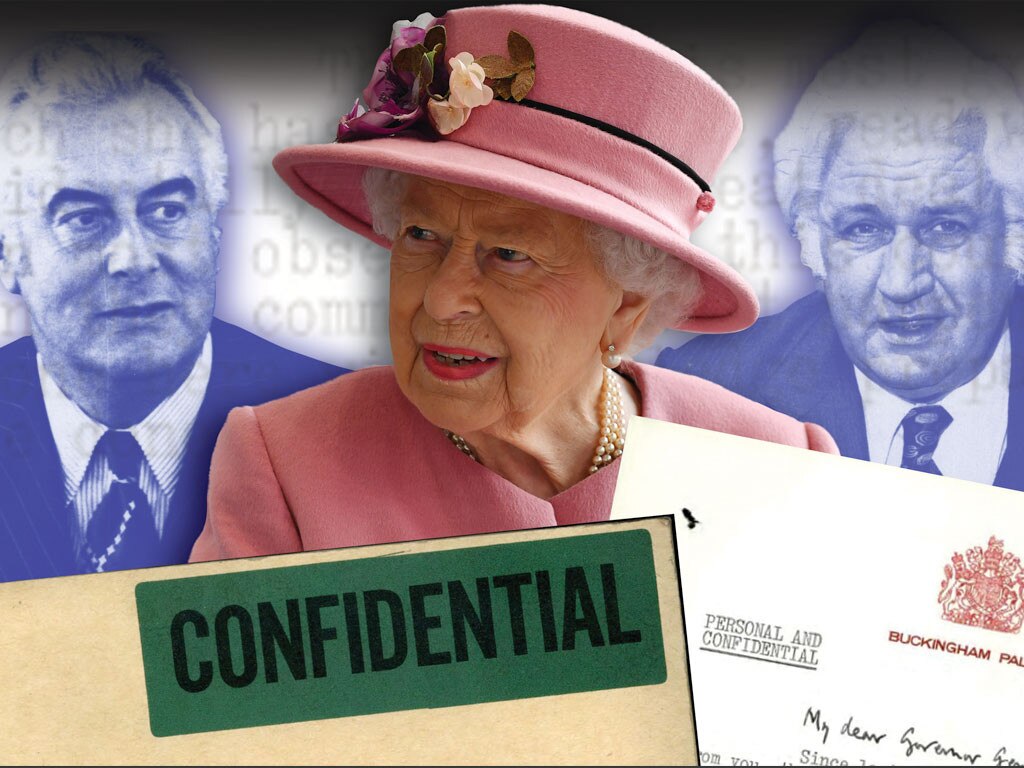
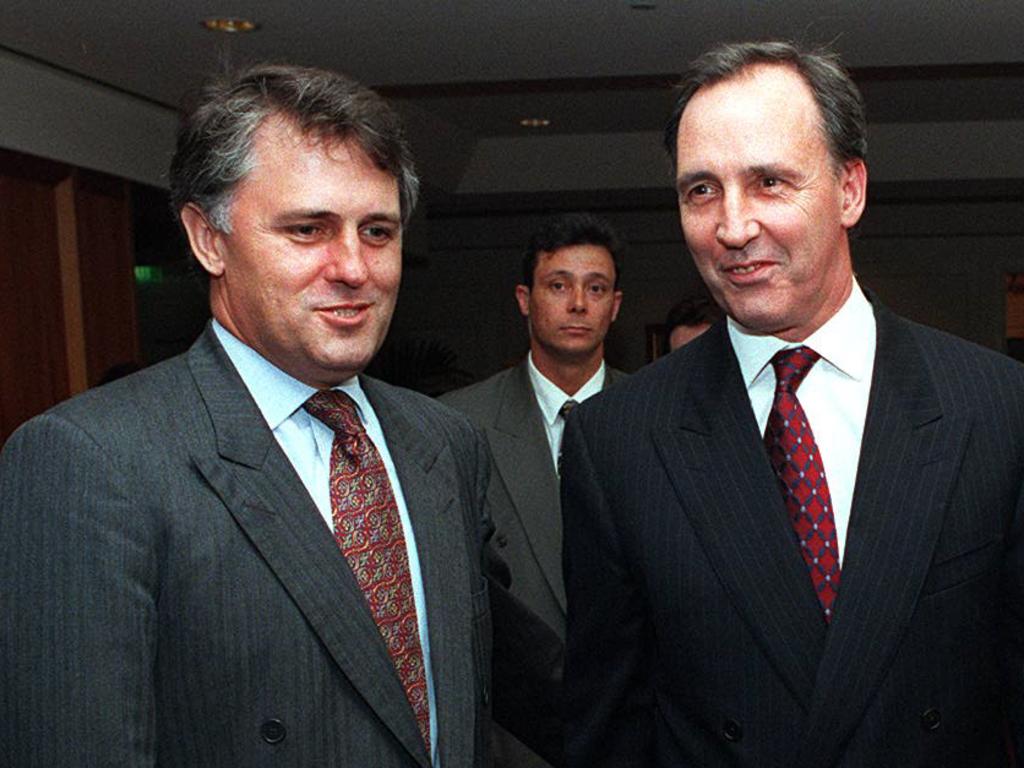
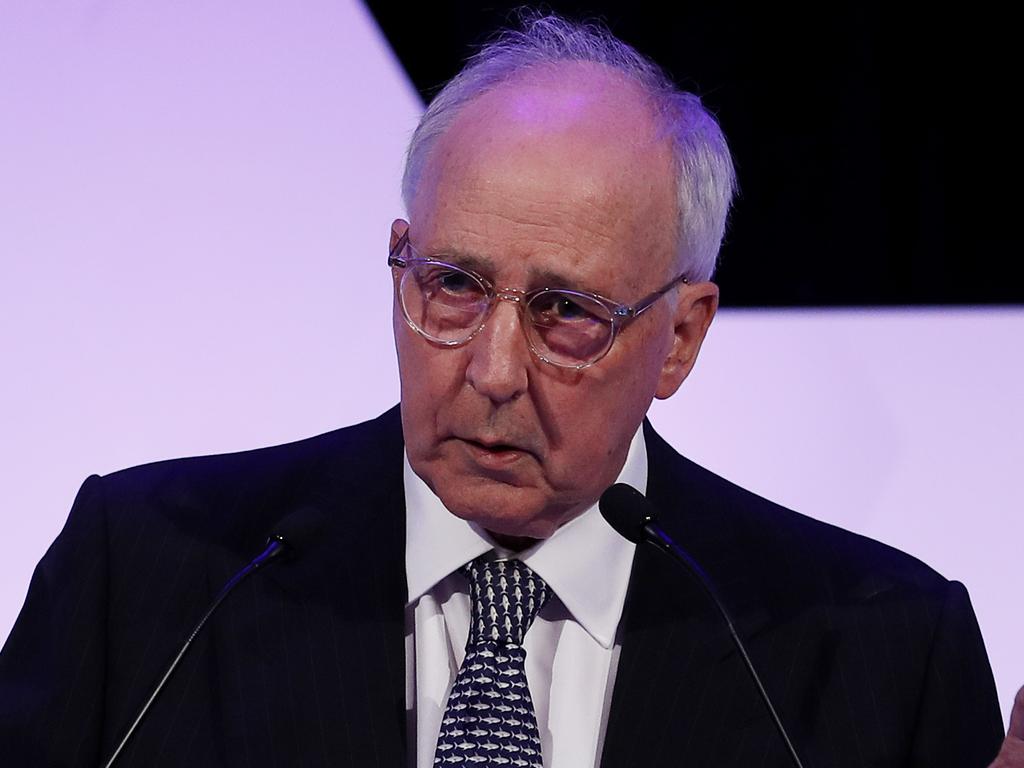


To join the conversation, please log in. Don't have an account? Register
Join the conversation, you are commenting as Logout